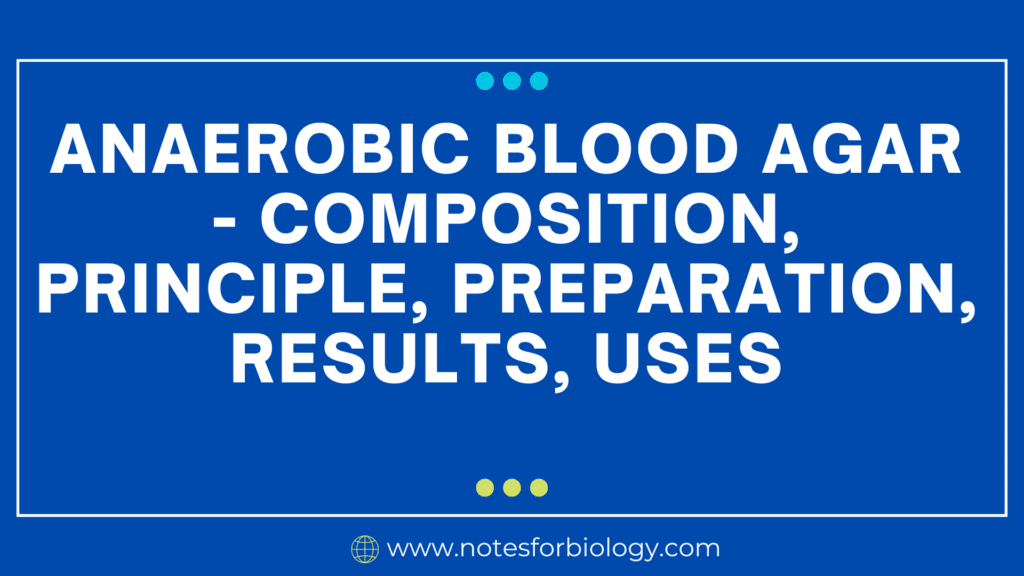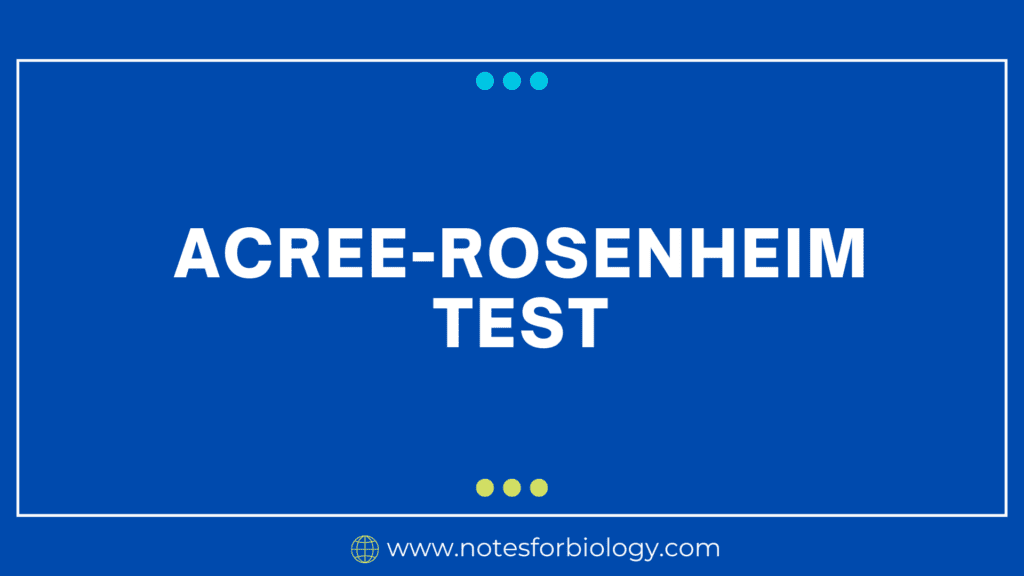Antigen: Properties, Structure, Types, Examples
Antigen A molecule or molecular structure that is recognized by the immune system, specifically by antibodies, B cells, or T cells, is frequently a protein or polysaccharide. These molecules are primarily responsible for inducing an immune response that results in the development of antibodies that have the specific ability to bind to them. The molecule […]










